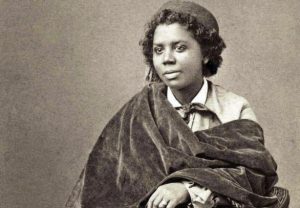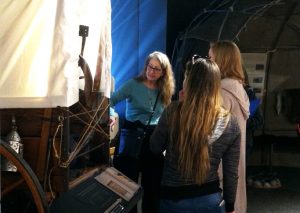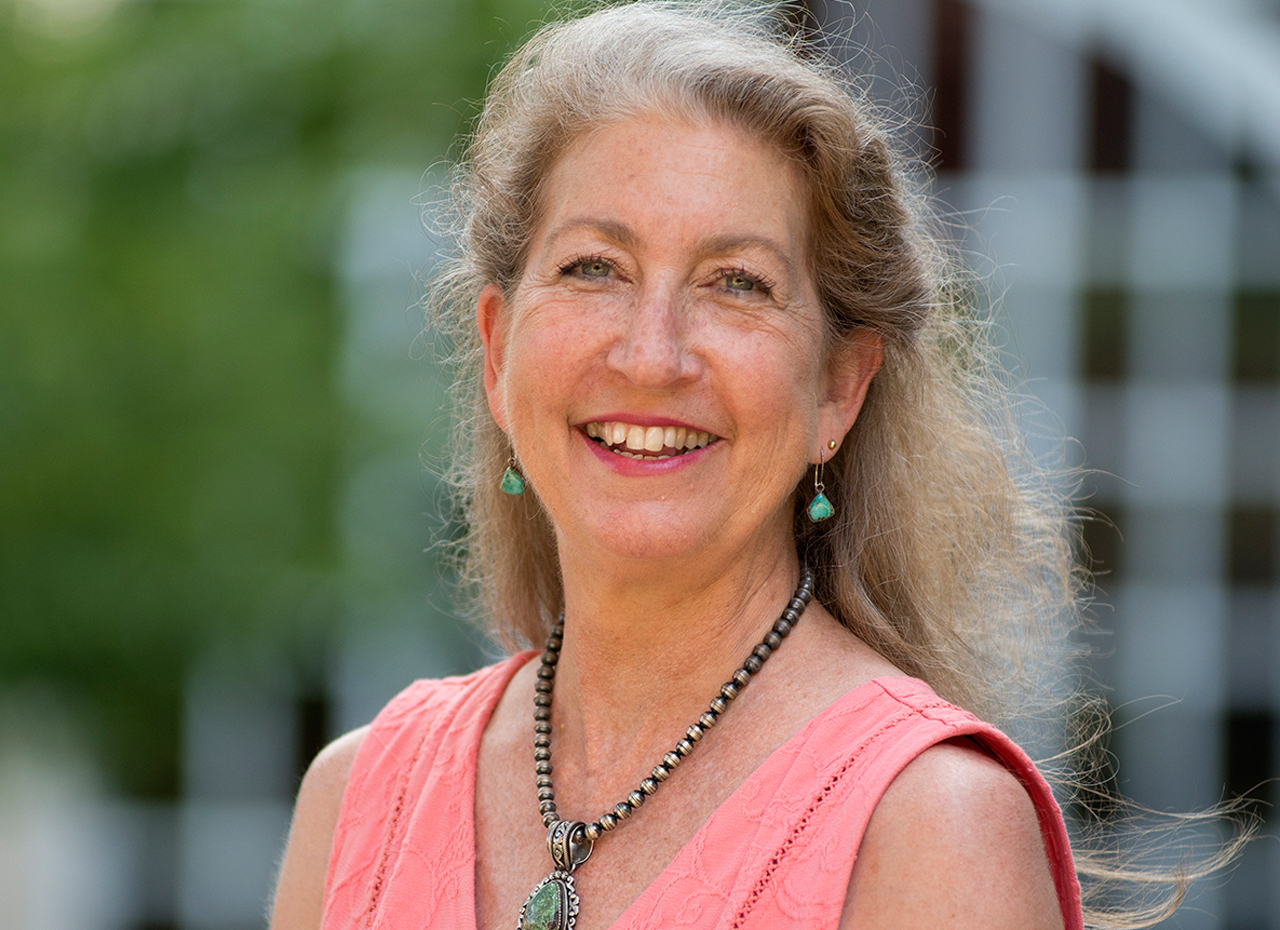Kyle Ciani wants to see women’s history come alive for generations to come.
An associate professor of history at Illinois State University, Ciani has spent the last year working on the American Museum of Women’s History Congressional Commission. Designed to explore the feasibility of a national history museum dedicated to women, the commission sponsored a summit last January for top women’s history scholars and museum administrators from around the country to discuss why such an institution is critical to the public landscape. The summit resulted in the formation of five working groups. Ciani worked on the group that examined how the diverse communities of scholars from academic and museum institutions can best collaborate.

A national women’s museum could highlight women such as Edmonia Lewis, a famed American sculptor in the late 19th century. Image from the American Museum of Women’s History Congressional Commission.
Members included scholars from the Smithsonian, National Building Museum, National Park Service, the University of Massachusetts at Amherst, the University of California at Los Angeles, Rutgers University, and the University of Michigan.
“In our group there were a lot of conversations about how to tell the complicated story of women’s histories in a bricks-and-mortar location,” said Ciani. “We needed to understand the challenges curators face in translating academic research into exhibitions. It was a nice cross-section of people who came from a variety of institutions with diverse expertise.”
The findings of the commission were released in late 2016, and recommended a stand-alone museum similar in scope to the Museum of African American Culture and History, which opened last year. Ciani said hopes for funding a women’s museum are not high in the current political climate, though she added much could be done for current history exhibits in the capitol and across the United States. “Most history museums are very male-centric,” said Ciani. “It is very disturbing to me that when people think of an exhibition, they tend to highlight the labor and occupations that were typically reserved for men and display the tools a man used, or the speeches a man delivered.”
Instead, Ciani wants to see the inclusion of more artifacts and stories of women from all walks of American life. “The academic world needs to start acknowledging that the common woman had as much to do with making history as elite women,” she said. “And that an apron worn by a woman can tell a lot more than the dress the first lady wore to an inauguration.”

Kyle Cinai works with Illinois State students at the McLean County Museum of History. The students took an Honors Exploratory course with Ciani on understanding museum exhibits.
Ciani is helping students delve deeper into thinking about museum exhibits. She currently teaches an Honors Exploration course titled “Exhibiting Diverse Narratives: Contested Displays in the Modern U.S. Museum.” The class, a non-credit course for students in the Honors Program, examines exhibits that never came to light due to controversy, such as one on the Enola Gay, the plane that dropped the atomic bomb on Hiroshima, Japan. “By cancelling the Enola Gay exhibit, Congress decided that it was not appropriate to discuss—openly and frankly—the destructive power of the bombs that ultimately ended World War II,” said Ciani. “Yet it would have, I think, gone a long way toward communicating to young people the moral dilemma involved in that decision.”
Any future women’s history museum will also face great debate about which exhibits to include, noted Ciani. “Do we discuss reproductive freedoms and Roe vs. Wade? Do we talk about the Indian Health Services and the sterilizing of Native American women up until the 1970s?” asked Ciani. “There is a political weight to each decision, and a way that each part of the museum would need to reach across class and racial differences.”
Even if the museum itself is years in the making, Ciani said she hopes a new generation of historians and museum administrators will examine the holes that exist in American history museums. “We should not ignore those female-specific occupations and vocations because by doing so, we erase the women’s experience from history.”

